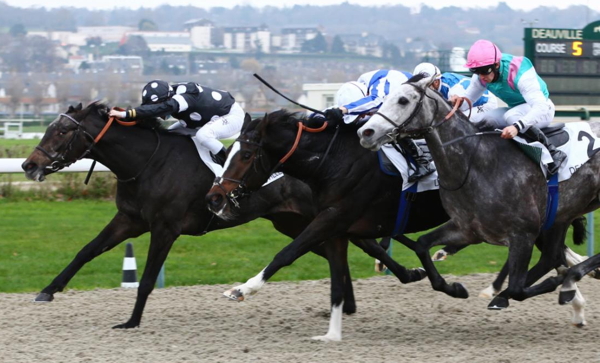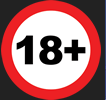 |
RacingBetter News |
| Tuesday 29th August 2023 | |
How Historic Horse Racing Machines Resemble Slots

Horses have long been necessary in human society and were viewed primarily as beasts of burden. From long-distance travel to farming, they eventually became a staple in the English armies during medieval times. Sturdy and quick horses had a potential for speed. Thus, horse racing became a hobby and then a significant source of entertainment, particularly for nobles.
Over the centuries, it has evolved from challenges between riders for bragging rights to thoroughly organized events in the modern world, such as the Epsom Downs, the Ascot Derbys, and the Grand National that was started in 1839. These events went on to catch global attention, and a fanaticism and gambling market emerged that saw bookmakers sponsor events as they provided competitive odds on horses.
A unique form of gambling that involved horse racing machines came up. They looked and functioned like slots at new online casinos, complete with spinning reels. There is, however, a difference from what you would typically find at a casino. The outcomes are always derived from past horse races.
The machine lives up to its name because its functionality structure supports players engaging in pari-mutuel horse racing betting. What this means is that players can pick the horses to finish in the first, second and third positions. When a player is ready to wager, the machine selects from its database a horse race that happened in the past.
Some details of the race, such as the date and the horses' names, are kept from the player. Therefore, players will make bets just as in a live horse race bet. How this differs from traditional slots is that the horse race machine provides an analysis of races to the player. They can study the jockey’s record or the horse’s past performance and then make an informed bet.
Just like slots, players can automate the entire bet if they want to bypass the stringent analysis phase. The machine will subsequently select the horses, similar to a slot machine’s automated spins. A major unique feature of the horse racing machines is that it has a TV screen embedded on the main screen.
As soon as the reels start spinning, at the final moments, the small TV screen shows the last few seconds of the race at the finish line. Players could see the outcome of their bet as it happened, just as they would at a race course or on a live broadcast. It had a dual view where the horse reels spin, and then the final moments are displayed on the TV screen section.
Pundits have referred to this as instant racing, a concept that creates a historical betting experience. After a while, most amateur players who played on the machine used their newfound analysis skills to wager on real-life horse races. It is without a doubt that one of the reasons that people flock to the race courses is because of the gambling aspect.
The history behind horse racing machines originated in the 1990s when Eric Jackson, who owned a horse race track, came up with the idea. His business was on the verge of collapsing, and he introduced horse racing machines that attracted people to watch and bet on his machines. Gambling on the machines could amount to lucrative wins since horse betting was illegal in his home state of Arkansas.
His idea set a precedent, and more states in America, even those that hadn’t legalized gambling, allowed horse race machines. Today, the United Kingdom, renowned for its horse racing culture, has also incorporated physical and online machines in its casinos and betting shops.







